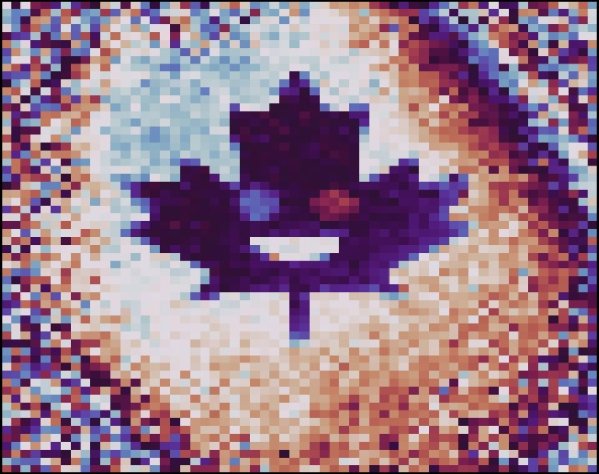July 10, 2023
By Bernard Rizk
Researchers from the University of Ottawa, the National Research Council of Canada (NRC) and Imperial College London have developed a new quantum-inspired technique to perform holography, the rendering of a three-dimensional image using lasers — just like in Star Trek and Star Wars.
Led by uOttawa’s Dr. Benjamin Sussman, adjunct professor of physics in the Faculty of Science, the researchers collaborated at the uOttawa-NRC Joint Centre for Extreme Photonics to develop a pioneering quantum-inspired technique for holography. Their aim was to record and reconstruct extremely faint light beams, consisting of a mere single particle of light, known as a photon.
Their work has the potential to revolutionize 3D scene reconstruction and unlock a plethora of applications across diverse fields.
Accurately reconstructing three-dimensional scenes has long been a goal in the field of imaging. Applications ranging from autonomous vehicles to augmented reality rely on advances in this area.
“The quantum-inspired holography technique introduced by our team presents two significant advantages over traditional holography methods,” says Sussman, the project lead. “Firstly, it showcases remarkable resilience to mechanical instabilities such as vibrations during the hologram recording process. Unlike conventional holography, which necessitates short exposure times due to susceptibility to vibrations, this new technique enables researchers to record holograms for extended durations, ensuring superior precision. And secondly, our new technique can be employed to record holograms of self-luminous or remote objects.”
This opens up many possibilities, paving the way for 3D imaging of distant objects and characterizing the spatial shape of single photon emission from quantum dots and single atoms.
“The research team’s achievements were made possible through advancements in quantum imaging and the availability of cutting-edge commercial camera technology,” says Sussman. “By utilizing advanced cameras that provide precise timing and location stamps whenever they detect a single particle of light, we were able to resolve the necessary correlations for recording holograms. This breakthrough highlights the synergy between quantum research and technological developments.”
Traditional photography primarily captures scene intensity, but holography takes it a step further by incorporating information about phase, the relative delay between light collected from different parts of the scene.
Amplitude interference, a phenomenon in which the amplitude (or energy) of two waves can add constructively or destructively, plays a crucial role in holography. However, the newly developed technique uses a different type of interference. “Our holograms record the correlations between the intensities of two light sources,” says Dr. Guillaume Thekkadath, the paper’s lead author, and a former uOttawa MSc student. “These correlations can reveal quantum interference effects even in single photons.”
The implications of this research are far-reaching, ranging from enhancing existing holography technologies to entirely new applications in fields such as astronomy, nanotechnology and quantum computing. The future of holography is undoubtedly bright.
The study Intensity interferometry for holography with quantum and classical light was published in Science Advances July 5, 2023.















